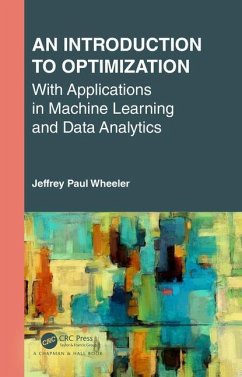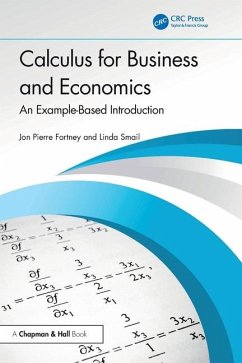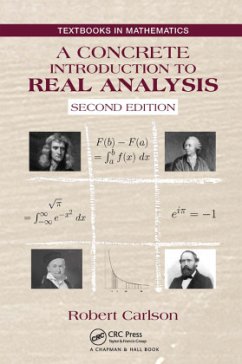
Essential Mathematics for Economics
Versandkostenfrei!
Versandfertig in 6-10 Tagen
54,99 €
inkl. MwSt.
Weitere Ausgaben:

PAYBACK Punkte
27 °P sammeln!
Essential Mathematics for Economics covers mathematical topics that are essential for economic analysis in a concise but rigorous fashion. The book covers selected topics such as linear algebra, real analysis, convex analysis, constrained optimization, dynamic programming, and numerical analysis in a single volume. The book is entirely self-contained, and almost all propositions are proved.FeaturesReplete with exercises and illuminating examplesSuitable as a primary text for an advanced undergraduate or postgraduate course on mathematics for economicsBasic linear algebra and real analysis are ...
Essential Mathematics for Economics covers mathematical topics that are essential for economic analysis in a concise but rigorous fashion. The book covers selected topics such as linear algebra, real analysis, convex analysis, constrained optimization, dynamic programming, and numerical analysis in a single volume. The book is entirely self-contained, and almost all propositions are proved.
Features
Replete with exercises and illuminating examplesSuitable as a primary text for an advanced undergraduate or postgraduate course on mathematics for economicsBasic linear algebra and real analysis are the only prerequisites.Supplementary materials such as Matlab codes, teaching slides etc. are posted on the book website https://github.com/alexisakira/EME.
Features
Replete with exercises and illuminating examplesSuitable as a primary text for an advanced undergraduate or postgraduate course on mathematics for economicsBasic linear algebra and real analysis are the only prerequisites.Supplementary materials such as Matlab codes, teaching slides etc. are posted on the book website https://github.com/alexisakira/EME.














